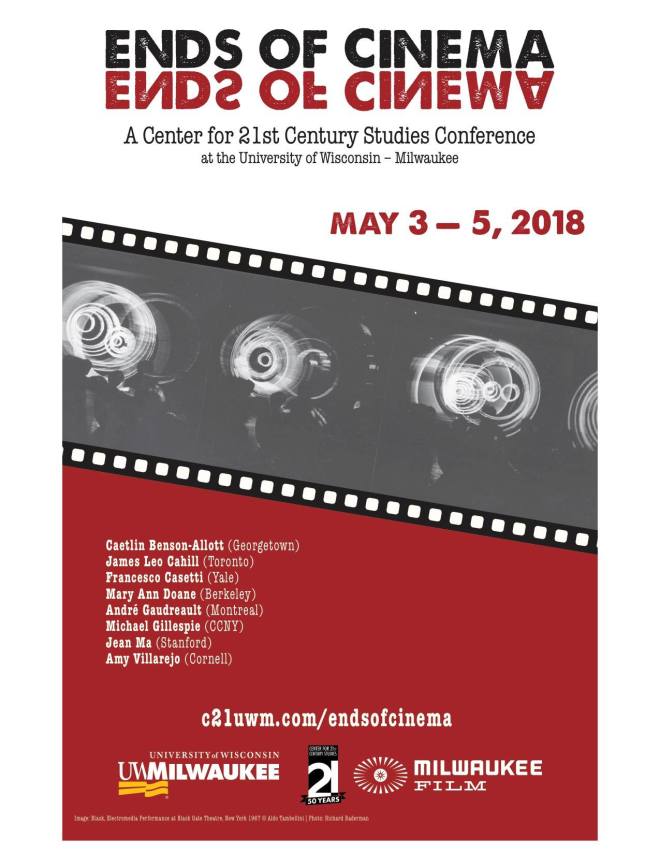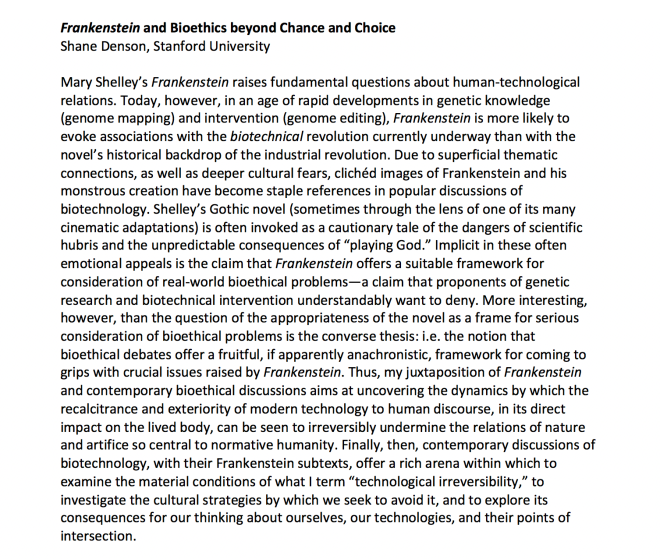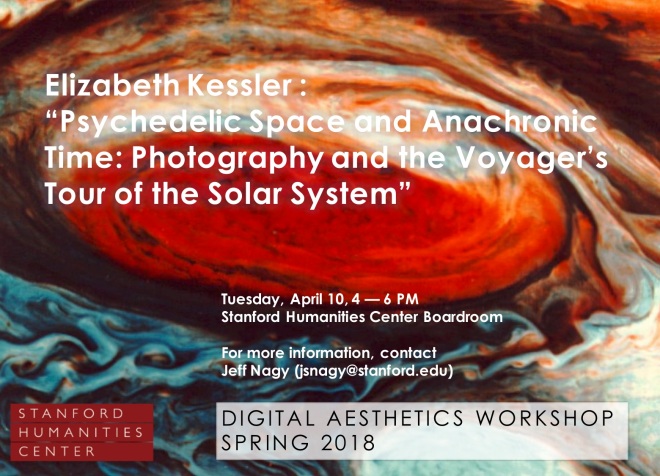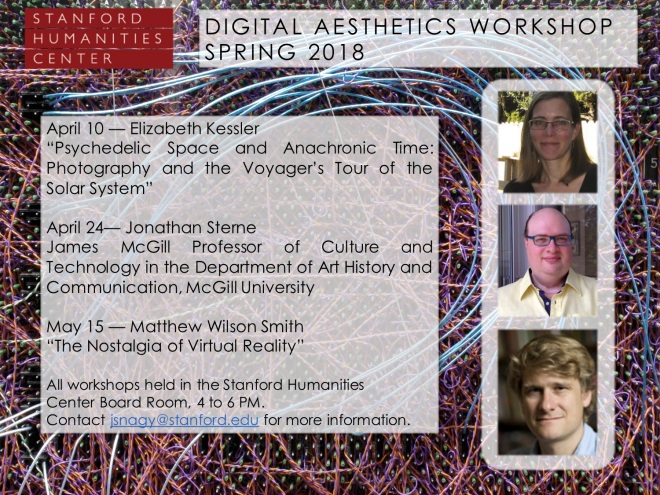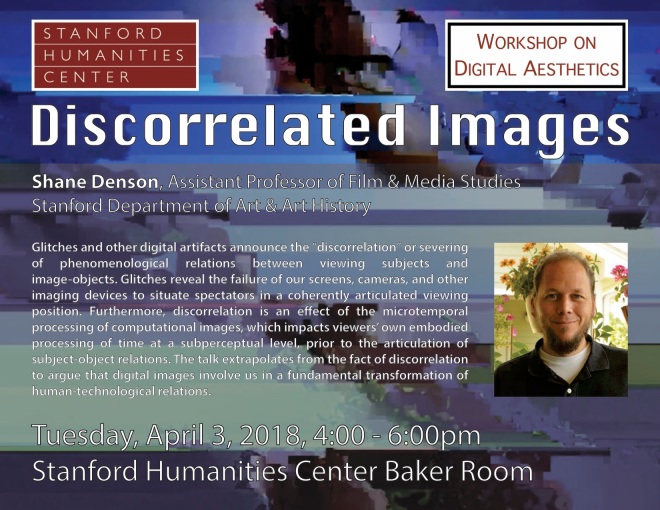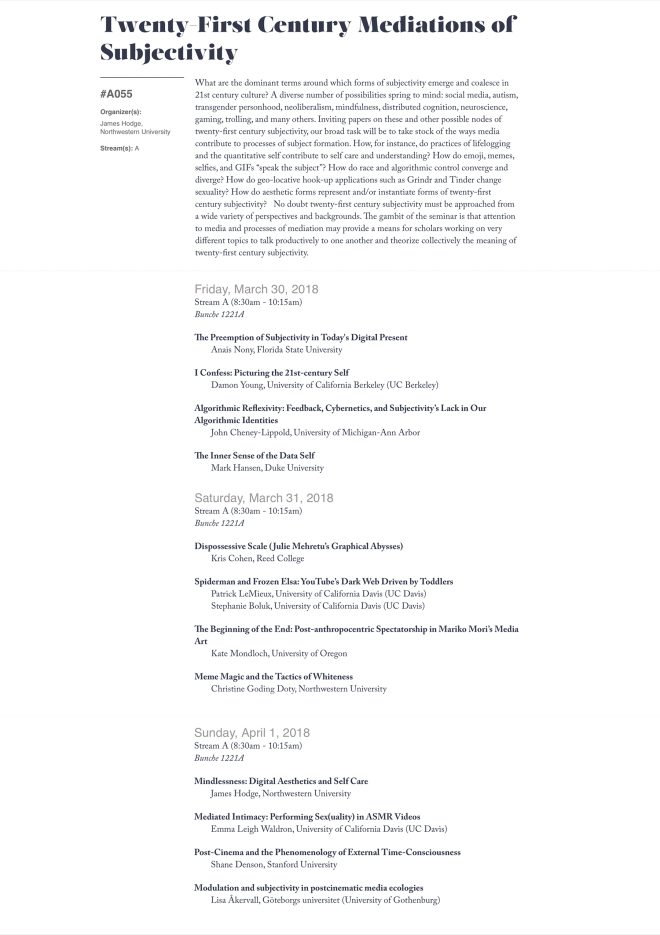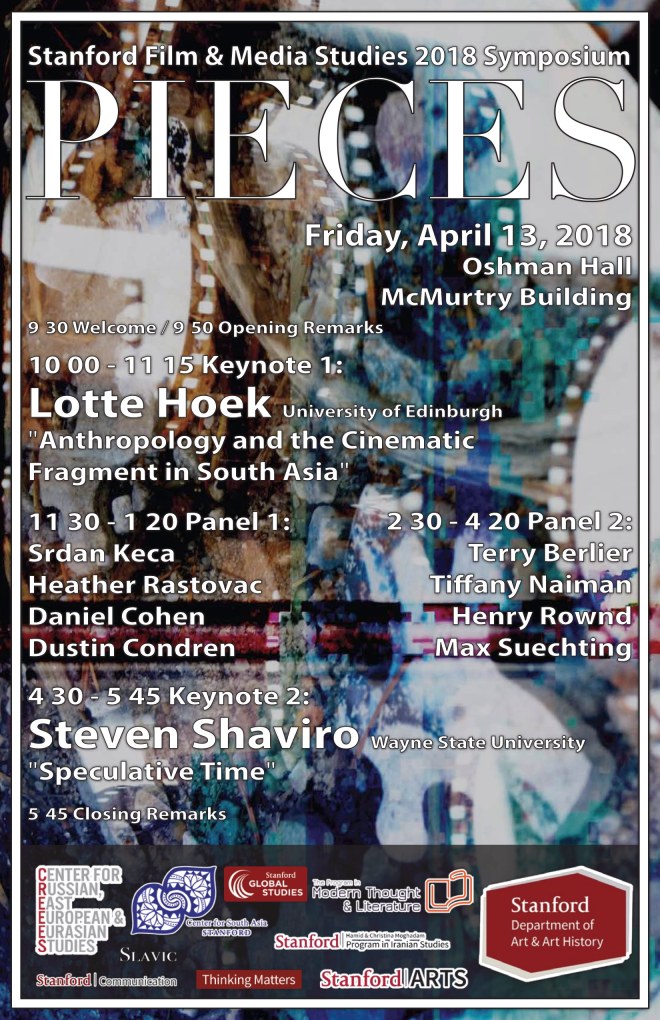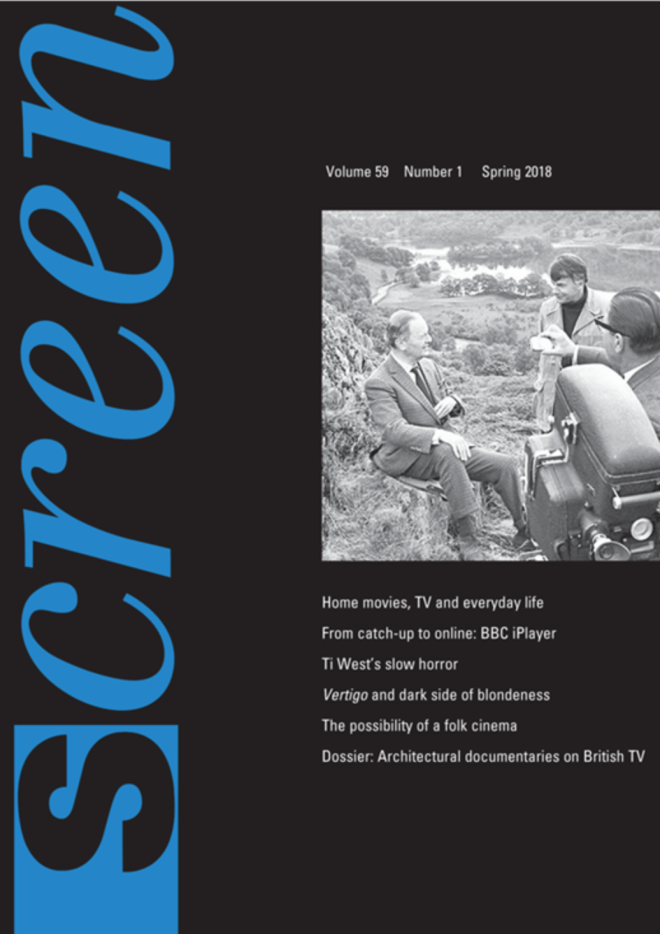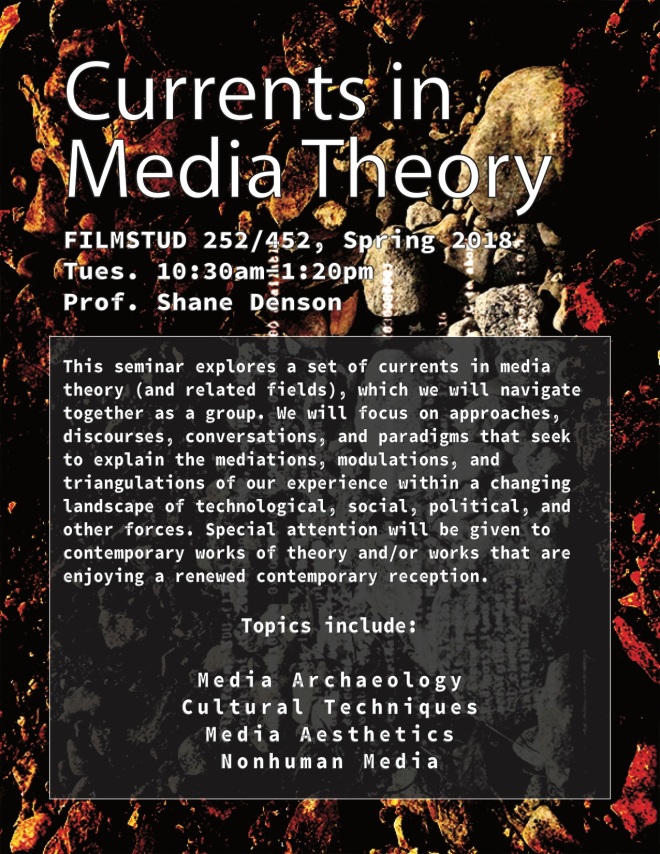
On April 24, 2018 (4-6pm in the Stanford Humanities Center Board Room), Jonathan Sterne will be speaking at the Digital Aesthetics Workshop. The title of his talk is: “Machine Learning, ‘AI,’ and the Politics of Media Aesthetics: Why Online Music Mastering (Sort of) Works.”
Jonathan Sterne is Professor and James McGill Chair in Culture and Technology in the Department of Art History & Communication Studies at McGill University. His work is concerned with the cultural dimensions of communication technologies, especially their form and role in large-scale societies. One of his major ongoing projects has involved developing the history and theory of sound in the modern west. Beyond the work on sound and music, he has published over fifty articles and book chapters that cover a wide range of topics in media history, new media, cultural theory and disability studies. He has also written on the politics of academic labor and maintains an interest in the future of the university. His new projects consider instruments and instrumentalities; histories of signal processing; and the intersections of disability, technology and perception.
